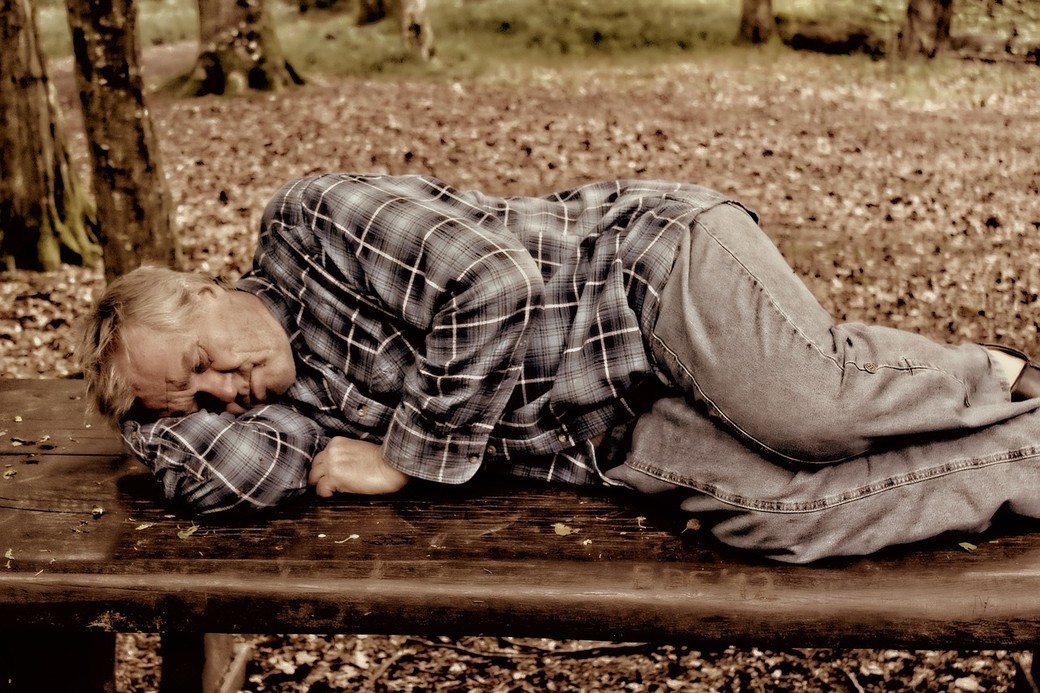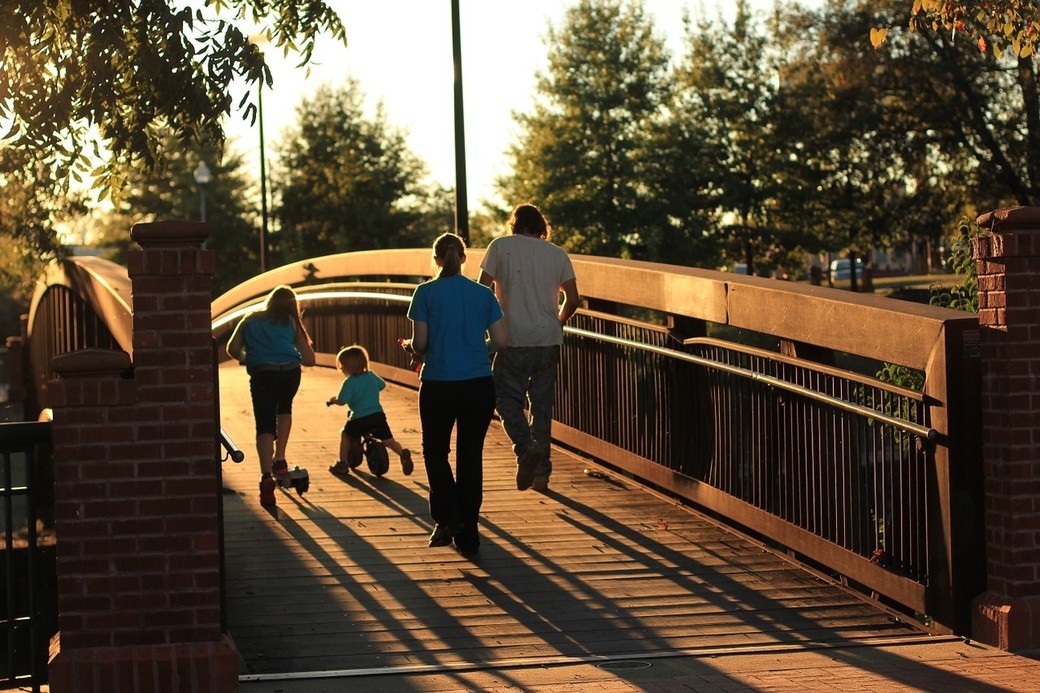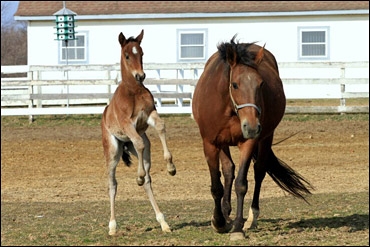
Arrested for Sleeping?
The struggle to occupy public space.
As humans, we need to sleep. It is biologically unavoidable. Yet, on both sides of the border, sleeping can be considered a criminal act, especially if you are homeless and have no place to rest your head other than in public spaces such as parks.
How have cities and states been able to impose and enforce by-laws and ordinances that clearly violate one’s right to occupy public space for this very purpose? This summer several cases are putting this longstanding question to the legal test. The outcome might just change the way we view homelessness.
In the City of Abbotsford, British Columbia, a civil court case is pitting a group known as the “Drug War Survivors” against the state in a fight over what is being viewed as further evidence of the criminalization of homelessness. The group’s lawyer has argued that his clients (and all persons homeless) have the right to occupy park space for the purpose of temporary dwelling and sleeping. The case argues that a set of by-laws prohibiting such uses of public spaces is unjust given there is no alternative.
Perhaps the real fight is also about who is responsible for providing adequate shelter in Canada, especially for the most in need.
Across the border, the United States Department of Justice has intervened in a case in the District Court of Boise, Idaho by filing a Statement of Interest. The filing clearly articulates that the act of sleeping, when there is no shelter available, should not be considered a criminal act, yet they cite that among the nearly half a million annually homeless, 42 percent slept in unsheltered public locations. The Boise filing may become a landmark case in finally ending the debate on whether it is constitutionally just for any citizen without shelter to seek a public space for the right to sleep – without fear of being arrested.
Interestingly, neither the Abbotsford case nor the Boise filing are new as cities have always struggled with the inability to shelter all those in need since the dawn of modern urbanization. However, what is new is the criminalization of homelessness.
In the North American context, it was not until the late 1970s when the United States saw a spike in the number of citizens without homes, largely attributed to the economy, the deinstitutionalization of persons from mental health facilities and increasing veterans on the streets, that actions began to take place. For most jurisdictions, the fight was not about affordable housing but how to deal with the “vagrants” who shuffled about the streets, causing well-minded citizens to demand steps be taken to end public intoxication, curb panhandling and the visibility of poverty, mental health and severe addiction.
In a case that took place in the winter of 1979, Supreme Court Judge Andrew Tyler delivered a landmark decision in the case of Callahan vs. Carey. Robert Callahan was homeless and resided in the notorious Bowery neighbourhood of New York City. Justice Tyler’s brave decision was clear: the State was obligated to provide shelter to those most in need and his decision also included the clear articulation of necessary shelter standards and intake and monitoring provisions.
The decision resulted in the state of New York being required to shelter those in need. The case would also impact other jurisdictions to consider whose responsibility it was to provide temporary shelter. While the decision did not end homelessness, it did place the burden on the State to provide shelter spaces while also setting a strong precedent.
In the late 1990s, Toronto’s “Tent City” plight became ground zero for a Canadian resistance movement that drew in many, including the late Jack Layton, a City Councillor at the time, who grappled over the same question: Who is responsible for the provision of adequate shelter in Canada during a time of crisis? The Toronto story ended with a mass eviction on the occupied private lands while a media storm brewed among social housing activists, governments and citizens all fighting over how shelter should be provided and what rights Canadians have to occupy land.
The Tent City movement did not result in the legal outcomes of Callahan vs. Carey, but it did see the federal government acknowledge the homeless crisis with an investment of nearly a billion dollars to overhaul Canada’s inadequate shelter system.
As the North American summer simmers with high temperatures evoking heat warnings, several legal proceedings are quietly brewing. Perhaps the boiling point has been hit — with governments on both sides of the border on the verge of acknowledging the right of people to sleep in public spaces when no other option exists. Let’s hope these legal cases also determine that this fundamental right cannot be deemed a criminal act. And let’s hope what follows is further government investment in the range of supports needed to end homelessness.
Jino Distasio is an expert advisor with EvidenceNetwork.ca and Director of the Institute of Urban Studies, University of Winnipeg.









